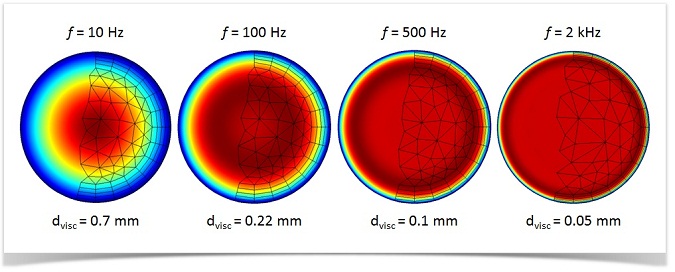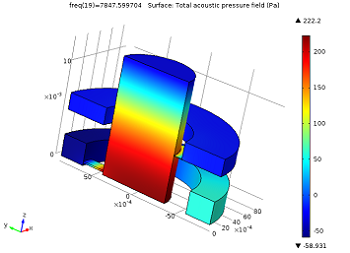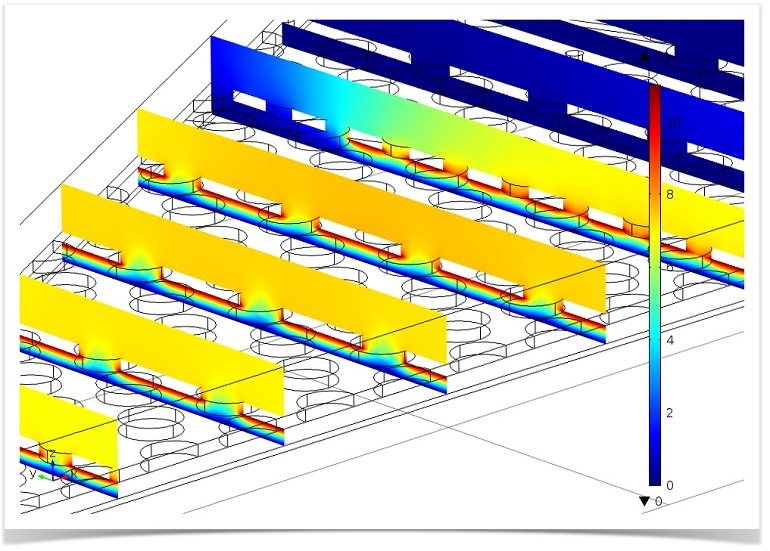Blog Posts Tagged Acoustics Module

Studying Sonar Systems on a Component Level
Did you know that “sonar” stands for sound navigation and ranging? Using simulation, you can study the individual components of a sonar system, including its electroacoustic transducer.

Seas of Change for Wind Turbines
One benefit of placing wind turbines offshore? They can’t be heard! Even better? High winds occur with more regularity offshore, making energy production more effective!

Natural Frequencies of Immersed Beams
A guest blogger from Veryst Engineering demonstrates the modeling of a cantilever beam immersed in a fluid to study its natural frequencies. Read it here >>

How to Model Thermoviscous Acoustics in COMSOL Multiphysics
Want to solve your acoustics model for acoustic pressure, velocity, or temperature variation? Enter the Thermoviscous Acoustics interface, which offers a simple and accurate way.

Theory of Thermoviscous Acoustics: Thermal and Viscous Losses
Here’s your comprehensive introduction to thermoviscous acoustics. Topics covered include theory, physics, boundary layers, bulk losses, attenuation, and narrow region acoustics.

MEMS Microphone Model Presented at ASA 166 in San Francisco
What is a MEMS microphone? Learn about this versatile device, as well as how to model it using COMSOL Multiphysics® with the add-on MEMS Module and Acoustics Module.

Thermoacoustics Simulation for More Robust Microphone Analysis
When performing an analysis on small-scale audio equipment, such as hearing aids, cell phones, and microphones, the obvious physical phenomenon that’s analyzed is pressure acoustics. However, there are other physics interactions that significantly affect these small devices, including electromechanical interactions and viscothermal losses. Most notably, thermoacoustics (the detailed modeling of acoustics including thermal conduction and viscous losses) is an often overlooked effect that can alter the results of a model. These effects are important in all devices with small length […]

Starting Small with Sonar Dome Design
Starting the design process by testing on a small scale is often the best way to tackle issues affecting large objects, like a ship. Detailed in COMSOL News 2013, researchers at INSEAN, The Italian Ship Model Basin, used small-scale testing and then simulation to analyze the effect of placing a sonar system within the bulbous bow at the hull of a ship. Using a small-scale model of a bulbous bow, the researchers at INSEAN performed fluid-structure interaction experiments, and subsequently […]
